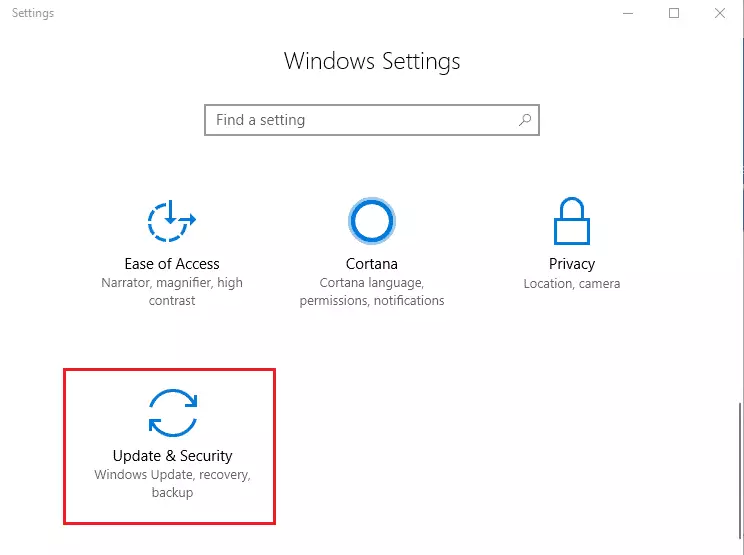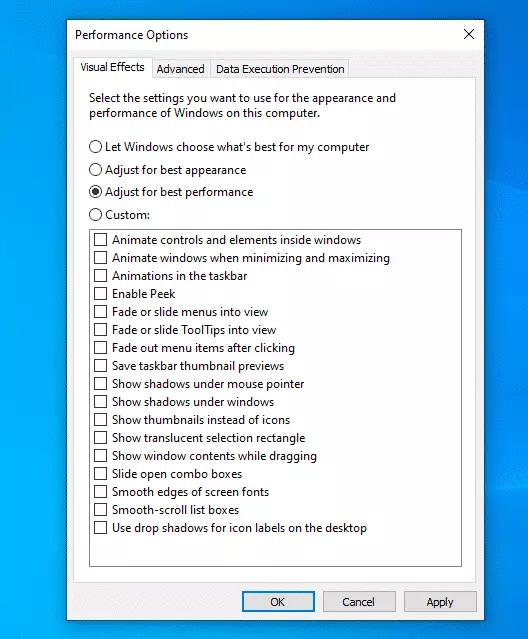This brief tutorial shows students and new users tips to help improve Windows 10 performance.
Below are some suggestions to help speed up Windows 10 performance if you notice your PC running slowly.
There are multiple reasons why Windows PCs run slowly. These settings, from low disk to page file size to Windows updates, can cause Windows to behave this way.
I hope the post below will help you get your PC to perform as it should.
If you’re a student or new user looking for a computer to start learning on, the most accessible place to start is Windows 10. Windows 10 is the most recent version of operating systems for personal computers developed and released by Microsoft as part of its Windows NT family.
Windows 10 has grown into one of the best operating systems years after its release and is used by millions worldwide.
One of the best ways to get the most out of your PC is to ensure you have the latest version of Windows 10 installed.
When you perform a Windows update, your PC will also search for the latest device drivers, patches, and features that can help speed up slow computers.
Update Windows
- Select the Start button, then select Settings > Update & Security > Windows Update > Check for updates.
- Do one of the following:
- If the status says “You’re up to date,” continue below.
- If the status says “Updates are available,” select Install Now.
- Select the updates you want to install, then select Install.
- Restart your PC and see if it seems to run better.

Adjust Windows Appearance
Windows 10 includes many visual effects, such as animations and shadow effects. These settings make Windows look awesome. However, they require additional resources that may slow down your computer, especially for older machines.
To adjust the visual effects in Windows
- In the search box on the taskbar, type performance, then select Adjust the appearance and performance of Windows in the results list.
- On the Visual Effects tab, select Adjust for best performance > Apply.
- Restart your PC and see if that speeds up your PC.

Scan for Virus
Your PC’s slow performance may be related to the Virus. Windows 10 has built-in virus protection to help remove viruses and unwanted software.
To scan for viruses, follow the steps below:
- Select Start > Settings > Update & Security > Windows Security, then select Open Windows Security.
- Select Virus & threat protection, then select Check for updates under Virus & threat protection updates.
- On the Protection updates screen, select Check for updates to make sure you have the most recent updates.
- Select Virus & threat protection, then select Quick scan.
Wait for Windows Security to finish scanning for viruses and malware.
These steps might help improve your computer performance.
Conclusion:
- Regular updates keep your system optimized and secure.
- Adjusting visual effects can free up valuable system resources.
- Scanning for viruses helps ensure your PC runs smoothly and efficiently.
- Employing these tips can significantly enhance your Windows 10 performance.
- A well-maintained system contributes to a better overall computing experience.

Leave a Reply Cancel reply